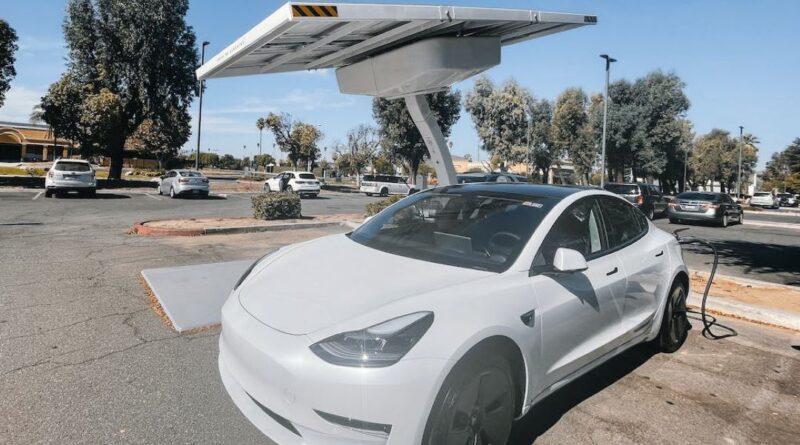Electric Revolution: Trends and Advancements in Electric Vehicles
The Electric Revolution refers to the significant changes and progress in electric vehicles (EVs). These advancements are driving the automotive industry’s transformation towards more sustainable and environmentally friendly transportation options. Here is a detailed explanation of the trends and promotions shaping the Electric Revolution.
Popular Recommendation: Navigating the Future: 5G and IoT are Driving the Connected Car Revolution
Increasing Adoption
A notable aspect of the Electric Revolution is consumers’ growing acceptance and adoption of electric vehicles. As the technology becomes more mature and affordable, more people are choosing EVs as their primary mode of transportation. This shift is fueled by the increasing awareness of environmental concerns and the need to reduce carbon emissions.
Range Improvement
Earlier, electric vehicles faced a limitation in driving range, leading to “range anxiety” among potential buyers. However, advancements in battery technology have greatly improved the field of electric cars. The Energy density of batteries has increased, allowing modern EVs to travel over 200 miles (320 kilometers) on a single charge, alleviating range anxiety and making electric vehicles more practical for daily use.
Battery Technology Advancements
The development of advanced battery technologies is at the core of the Electric Revolution. Lithium-ion batteries have been the dominant technology, but ongoing research and development efforts aim to enhance their energy density, reduce costs, and improve safety. Additionally, the emergence of solid-state batteries holds great promise for even higher energy densities, faster charging times, and enhanced protection in the future.
Charging Infrastructure Expansion
To support the widespread adoption of electric vehicles, there is a need for a robust charging infrastructure. Governments, private companies, and utility providers are investing in expanding charging networks to cater to the growing number of EVs on the roads. This includes establishing fast-charging stations along highways and implementing destination charging at workplaces, shopping centers, and residential areas. However, a well-developed charging infrastructure is essential to address range anxiety and facilitate long-distance travel.
The Emergence of Electric SUVs and Trucks
The Electric Revolution is not limited to small and compact cars. There has been a significant shift towards electric SUVs and trucks in recent years. Automakers are introducing all-electric SUV models, and electric pickup trucks are gaining popularity. This expansion into more significant vehicle segments demonstrates the versatility and potential of electric powertrains across various vehicle types, catering to a broader range of consumer preferences and needs.
Autonomous and Connected Features
The Electric Revolution aligns with advancements in autonomous driving and connected features. Electric vehicles often integrate advanced driver-assistance systems (ADAS) that offer features like adaptive cruise control, lane-keeping assistance, and automated parking. Furthermore, EVs are at the forefront of incorporating connected technologies, enabling over-the-air software updates, vehicle-to-grid integration, and seamless connectivity with smartphones and smart homes. Additionally, these features enhance convenience, safety, and the overall driving experience.
Sustainable Materials and Manufacturing
In line with the Electric Revolution, manufacturers focus on sustainability throughout the vehicle lifecycle. This includes using sustainable and recyclable materials in vehicle construction, implementing more efficient manufacturing processes, and promoting responsible end-of-life vehicle management. By adopting sustainable practices, EV manufacturers aim to minimize the environmental impact of electric vehicles and contribute to a more sustainable transportation ecosystem.
Conclusion
Overall, the Electric Revolution encompasses the increasing adoption of electric vehicles, advancements in battery technology, the expansion of charging infrastructure, the emergence of electric SUVs and trucks, the integration of autonomous and connected features, and the emphasis on sustainability in materials and manufacturing. Therefore, these advancements are driving the automotive industry’s transformation and paving the way for a greener and more sustainable future of transportation.
Must Read: How To Make NFT For Metaverse?

